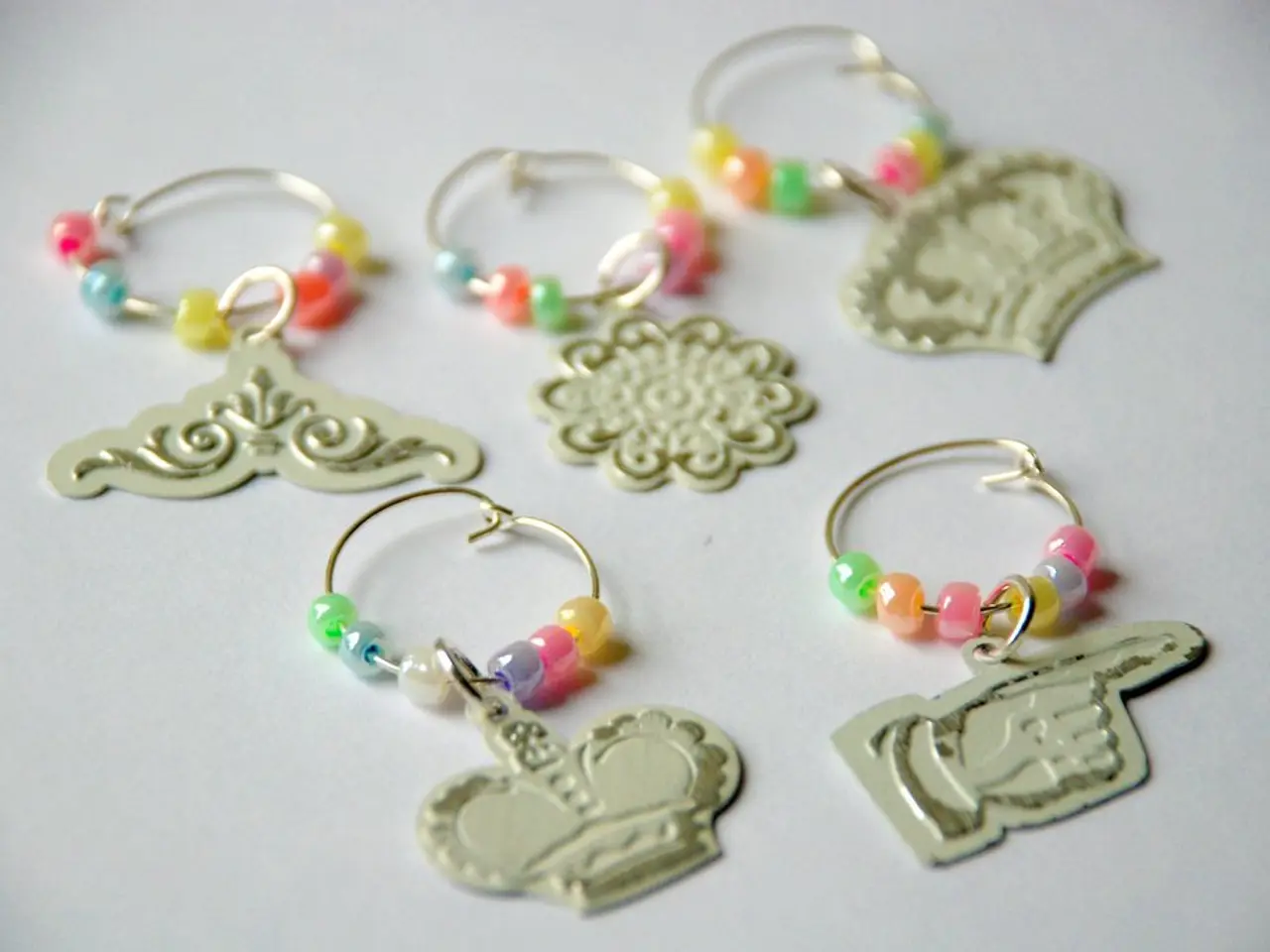Is it acceptable to switch out earrings after a week?
Ear piercings have become a popular form of self-expression, but it's essential to understand the healing process to ensure a quick and healthy recovery. Here's a breakdown of the typical healing times for different ear piercings and the importance of aftercare.
For earlobe piercings, the healing process usually takes around 6 to 8 weeks. During this time, the skin around the new piercing may be tender, swollen, red, or oozing clear fluid. It's crucial to avoid changing or fiddling with the jewelry during this period as it can irritate the sensitive skin, prolonging the healing process.
On the other hand, cartilage piercings like the helix or tragus require a longer healing time. These piercings can take anywhere from 3-6 months or even up to a year to heal fully, depending on the exact location and individual healing factors. Popular cartilage piercings, such as the conch and rook, may take even longer to heal.
Proper aftercare is crucial for avoiding infection and ensuring quick, beautiful healing. During the initial healing period, clean the piercing with saline solution twice daily to keep it clean and promote healing. Avoid twisting or removing the jewelry prematurely as this can also cause irritation or delay healing.
Once your piercing has healed, you may wonder when it's appropriate to change the earrings. For earlobe piercings, it's advisable to keep the initial earrings in place for approximately 6-8 weeks before considering a change. For cartilage piercings, it's recommended to wait 3-6 months or longer before changing the earrings to ensure the piercing is fully healed.
If you're unsure about changing the jewelry, it's best to wait a bit longer or consult with your piercer. A fully healed ear piercing should be changed with care, and high-quality, body-safe starter jewelry can help prevent allergic reactions and irritation.
By following these guidelines, you can ensure a smooth and successful healing process for your ear piercings. Remember, patience is key, and the wait will be worth it for a beautifully healed piercing that you can proudly show off.
Sources:
[1] Mayo Clinic. (2021). Ear piercing: How to care for your new piercing. Retrieved from https://www.mayoclinic.org/healthy-lifestyle/adult-health/in-depth/ear-piercing/art-20047963
[2] American Academy of Dermatology. (2021). Ear piercing: How to care for your new piercing. Retrieved from https://www.aad.org/public/diseases/a-z/ear-piercing-tips
[3] Cleveland Clinic. (2020). Ear piercing: What you need to know. Retrieved from https://my.clevelandclinic.org/health/articles/14970-ear-piercing
[4] WebMD. (2021). Ear Piercing: What to Expect and How to Care for Your Piercing. Retrieved from https://www.webmd.com/beauty/ear-piercing-what-to-expect-and-how-to-care-for-your-piercing
In the realm of health-and-wellness, proper aftercare is not only essential but also crucial for ensuring quick and successful healing of ear piercings. This involves regularly cleaning the piercing with saline solution, avoiding twisting or removing the jewelry prematurely, and exercising patience during the healing process.
For earlobe piercings, the healing process typically spans around 6 to 8 weeks, while cartilage piercings such as helix, tragus, conch, and rook can take anywhere from 3-6 months to a year to heal fully. Adhering to an appropriate waiting period before changing the earrings is key for both earlobe and cartilage piercings. For earlobe piercings, consider keeping the initial earrings in place for 6-8 weeks before changing, and for cartilage piercings, wait 3-6 months or longer to ensure they're fully healed.




